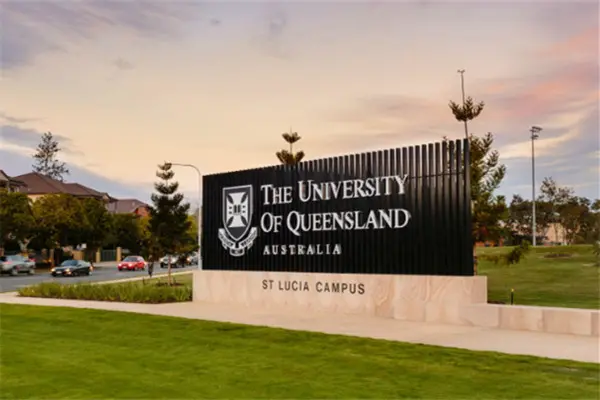Australian scientists from the University of Queensland (UoQ), announced on Wednesday they have discovered an embryo inside a 250 million year old "terrible headed lizard" fossil from China.
Professor Jonathan Aitchison from UoQ said this discovery was the first concrete evidence of live birth for this prehistoric animal group, previously only ever thought to lay eggs.
"Live birth is well known in mammals, where the mother has a placenta to nourish the developing embryo," Aitchison said.
"Live birth is also very common among lizards and snakes, where the babies sometimes hatch' inside their mother and emerge without a shelled egg."
The fossil fell into the category of an archosauromorph, a marine animal with an incredibly long neck, that roamed the shallows seas in the southern parts of China in the middle of the Triassic period.
Scientists extracted the fossil from the Luoing Biota sites in south-west China, and were shocked by the find, showing them something that no-one previously had known to be possible.
Professor Jun Liu, from the Hefei University of Technology, said that he was thrilled when he saw the specimen, but was unsure whether the embryo inside was "the mother's last lunch" or in fact her baby.
"Upon further preparation and closer inspection, we discovered something unusual," Liu said
"Further evolutionary analysis revealed the first case of live birth in such a wide group containing birds, crocodilians, dinosaurs and pterosaurs, among others, and pushes back evidence of reproductive biology in the group by 50 million years."
(APD)
 简体中文
简体中文





